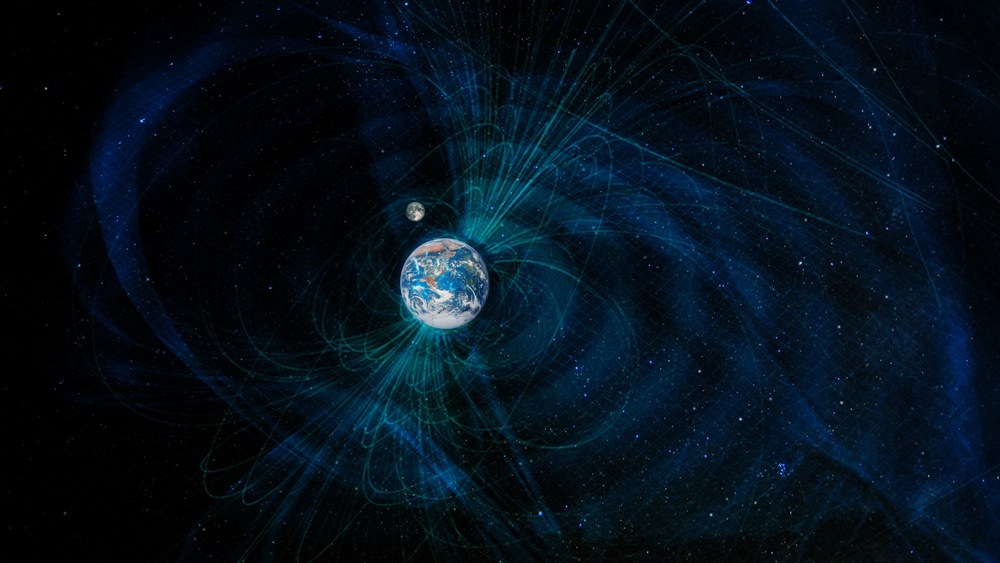A growing “pothole” in space is shaking up satellites and prompting geophysicists to scratch their heads. And things will only worsen as an increasingly angry sun throws supercharged particles our way.
According to an Australian News outlet, The magnetic anomaly in the South Atlantic Ocean was first discovered in 1958. New observations by NASA and the ESA reveal it is evolving – potentially splitting in two. And that has practical implications for activity in low Earth orbit.
It’s a weakness in the magnetic Van Allen belt that forms a protective barrier against radiation from the sun and space. This both repels and traps charged particles, redirecting them towards the poles where intense periods of activity produce colorful aurora.
The image above (created by scientists Christopher Finlay, Clemens Kloss, Nils Olsen et al) shows a growing weak patch in the Earth’s magnetic field that is exposing satellites and the International Space Station to greater radiation risks.
But this patch over the South Atlantic, known as the South Atlantic Anomaly (SAA), allows particles to penetrate further towards the Earth than elsewhere. This doesn’t however appear to have any noticeable effect on the ground.
“The SAA is deepening and moving westwards,” the authors of a NASA study released earlier this year write. “The area affected has increased by about 5 percent… This contour approximates the region where radiation damage to satellites is most likely to occur.”
The charged particles can short-circuit computers, corrupt stored data, and interfere with sensor operations. This is why space agencies and commercial satellite operators are keen to understand what’s happening.
Recent data shows the anomaly has developed two lobes of increasing magnetic field weakness. One is extending westward over Argentina and Brazil.
Understanding why may help geophysicists provide magnetic field “weather forecasts” for future satellite operators – and astronauts – keen to avoid the radioactive pitfalls it presents.
Geophysicists believe the South Atlantic Anomaly results from the tilt of the Earth’s magnetic axis and the flow of molten metals in its outer core. This ocean of iron-rich sludge 2900km beneath the planet’s crust is in constant flow. These swirling metal pools act like a giant electricity generator (a geodynamo), producing the currents that form the magnetic field.








